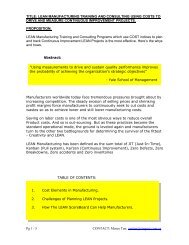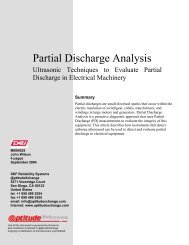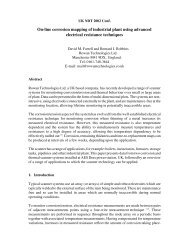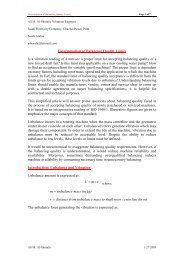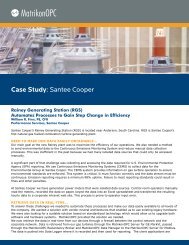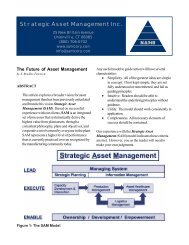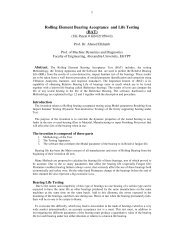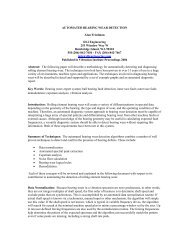A Re-Examination of Failure Analysis and Root Cause Determination
A Re-Examination of Failure Analysis and Root Cause Determination
A Re-Examination of Failure Analysis and Root Cause Determination
- No tags were found...
Create successful ePaper yourself
Turn your PDF publications into a flip-book with our unique Google optimized e-Paper software.
19characteristic <strong>of</strong> ASTM A572 grade 50 high-strength low-alloy steel. This is the normalmicrostructure for this productSince the column met hardness requirements <strong>and</strong> had a normal microstructure, itwas concluded that the cracks in the flanges <strong>of</strong> the steel column were likely to havebeen produced during hot rolling stage <strong>of</strong> production <strong>of</strong> the beams. Because themajor crack might propagate under adverse conditions, it was recommended that itbe removed by grinding <strong>and</strong> that the column then be repair welded. The necessaryrepair work was to be performed by competent welders in accordance with AWSSpecification A5.1. It was further recommended that all <strong>of</strong> the column flanges in thestructure be subjected to one hundred percent ultrasonic inspection to determine ifany other cracks exist.IMPORTANT FAILURE ANALYSIS PRINCIPLES REPRESENTED IN THIS CASEHISTORY:1. Applicable specifications were available for the failed part, making conformancedetermination routine.2. Field metallurgical procedures, including acetate peel replicas, were animportant part <strong>of</strong> the process.3. Non-destructive on-site testing also important4. The source <strong>of</strong> the problem was determined not to be non-conformance with thespecifications but rather production procedures.5. The defect can readily be fixed in place. There was no need for replacement <strong>of</strong>columns which would have been extremely costly.Case History #2. <strong>Failure</strong> <strong>Analysis</strong> <strong>of</strong> a Conveyor Drive ShaftIntroductionA German-made steel coal-conveyor drive shaft was submitted for root-cause failureanalysis. The shaft had cracked in service.Visual <strong>Examination</strong>The as-received drive shaft is shown in figure 1. A transverse crack had passedthrough the right keyway near the center <strong>of</strong> the keyway length, at the red arrow,on line A-A’. The shaft was cut so that the crack could be opened to expose themating fracture surfaces. The fracture surfaces were found to be corroded; They



